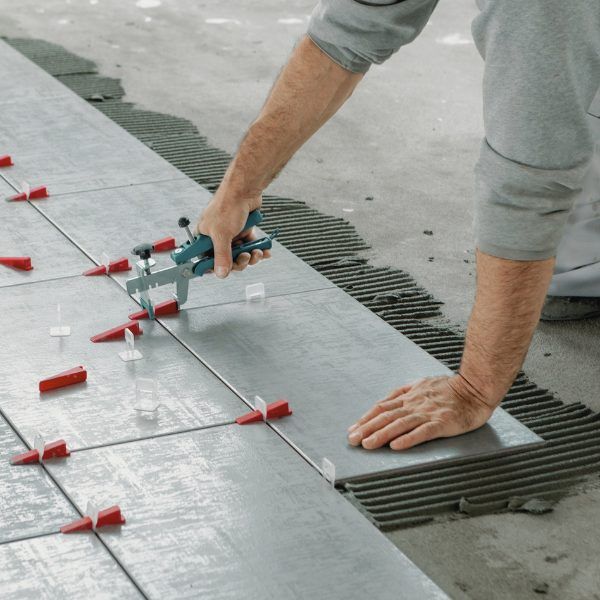
In today’s commercial construction landscape, value engineering, or VE as it is more commonly referred to, is more than a buzzword; it is necessary. Budgets are often stretched to their limits, requiring stakeholders to optimize costs without compromising the quality or vision of the final product. However, value engineering is not all about costs. Product import times may add weeks to a project schedule and prove equally problematic. The balance of budget and timing is crucial to ensure that projects meet deadlines and financial constraints while maintaining the intended functional aesthetics. Understanding the full scope of value engineering across the different stages of construction highlights why this approach is integral to successful project outcomes.

Value engineering systematically analyzes building materials, design solutions, and construction techniques to ensure the project delivers the best value. This does not mean simply choosing the cheapest option; it means selecting materials that optimize the project needs while adhering to the constraints.
Value engineering does not always occur during the construction phase. It can be integrated into the early planning stages and run throughout the construction process – design, procurement, and installation. Construction professionals can safeguard the project’s vision by finding creative alternatives to expensive or hard-to-source materials.
When applied with a focus on cost, value engineering seeks to balance cost-saving measures to maintain or even improve the project’s quality. It’s about getting more value for the money spent while avoiding unnecessary expenses. Here are the main aspects of value engineering in terms of budget:
In construction, time is money. Delays or extended timelines can quickly inflate project costs. Value engineering, focusing on time, looks for ways to accelerate the construction process while maintaining quality, leading to earlier completion and fewer time-related costs. Here’s how value engineering can save time:
Value engineering plays a crucial role throughout the entire construction process, from pre-construction planning to installation. At each stage, it helps optimize both cost and time without sacrificing quality or design intent. Carefully evaluating materials, methods, and workflows, ensures that projects stay on budget and on schedule while delivering exceptional results. This approach empowers teams to make informed decisions, ensuring maximum value for the project’s bottom line is achieved at every phase of the construction journey.

During the pre-construction phase, value engineering begins with thoroughly evaluating the project’s goals and budget. Early collaboration between architects, designers, contractors, and suppliers ensures the project is holistically assessed. Critical decisions are made about achieving design intent using materials that offer durability and aesthetic value.

Budget challenges often arise during design, particularly when high-end materials or unique customizations are requested. Here, value engineering shines by identifying alternative materials or layouts that still meet the design specifications. Leveraging domestically stocked collections, designers can maintain their vision without the risk of cost overruns caused by expensive imports or extended lead times.

Unforeseen challenges during construction such as material shortages or price hikes can throw off even the most carefully planned budget. Having reliable access to budget-conscious materials, teams on-site can continue work without delays, reducing labor costs and avoiding unnecessary expenses. Furthermore, the balance between durability and aesthetics ensures that these materials not only meet the functional requirements of the space but also enhance its visual impact, making the investment worthwhile for clients.
At the core of value engineering is a commitment to the bottom line and the project’s overall success. Architects, designers, and contractors can achieve both by partnering with Creative Materials and utilizing the Creative Contract line. These domestically stocked collections offer a curated range of materials to achieve a desired aesthetic without the high price tag or extended lead times associated with imported materials.
Value engineering with Creative Materials offers the following benefits:
Achieving the perfect balance of project factors is possible and attainable when working with the right partner. Creative Materials aims to be your partner in success. Exceptional aesthetics at budget-friendly prices are within reach, enabling professionals to capture their vision without exceeding budget. Ensuring material selections are readily available and economically viable, Creative Materials provides a solution for keeping costs down despite disruptions. We understand the challenges of value engineering and are ready with solutions designed to meet project budget requirements as well as design preferences.
ThinkLab research of the “5 Paradigm Shifts Reshaping End-User Decision Making” delves into the insights and strategies used to navigate today’s project decisions
within the built environment. It goes on to describe that value engineering is an integral
part of the process and viewed as the new creativity a supplier can share.
Explore the podcasts here.
Download the report here.
In the fast-paced world of commercial construction, value engineering is no longer an optional step but one offering a competitive advantage on every project. Accessing domestically stocked, easy-to-install, cost-effective materials that support value engineering goals can turn ordinary suppliers into indispensable partners in achieving efficient and successful projects.